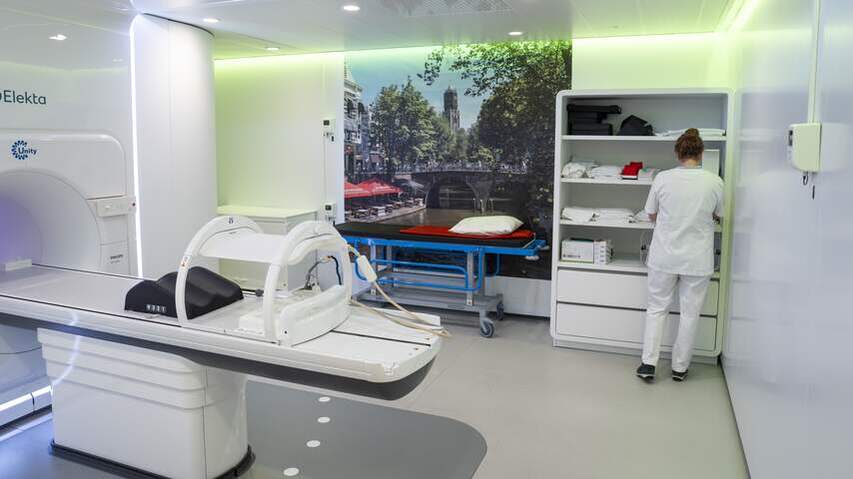
With the healthcare sector attracting more staff, the sector’s costs are rising. Increasing wages also contributed to a cost of 113.5 billion euros in 2024.
The Netherlands spent 8.1 percent more on healthcare last year than in 2023, according to statistics agency CBS. This means that costs grew faster than the economy.
“It’s not surprising that the amount is growing,” says CBS chief economist Peter Hein van Mulligen. “Healthcare spending increases annually.” But the wage increase of 7.4 percent for healthcare personnel in 2024 does provide an extra boost.
Furthermore, almost 3 percent more hours were worked because the sector attracted more staff. “The advantage of a staff shortage is that missing staff costs nothing,” says health economist Xander Koolman. In 2024, more paychecks were paid out, despite the continuing staff shortages.
The costs for people who permanently need intensive care rose by 11 percent. This falls under the Long-Term Care Act (Wlz) and cost a total of 28 billion euros. The Netherlands spent 57.2 billion euros on treatments covered by health insurance. The deductible is added to that.
‘Creating a caring society’
On average, we spent 5,871 euros per inhabitant on healthcare. This puts us in the top three of the European Union. Medicines have become more expensive, and our hospitals and nursing homes are very expensive, Koolman explains.
“Elderly care is a difficult part of healthcare spending.” Due to aging, there are more and more elderly people, while the number of working young people is shrinking in proportion. “In the next fifteen years, many employees will retire. In the future, we will not be able to provide the care that we previously gave to the elderly.”
Less attractive solutions are that care is stripped down or that people have to pay out of their own pocket, says the health economist. “A good solution is that we create a caring society,” he says. In it, for example, recently retired people could do volunteer work. “We have to entice volunteers, because the number of informal caregivers per patient is already declining.”
Across the entire spectrum of care, 39,000 people were added last year, out of a total of 1.6 million employees. Not all branches of healthcare are included in the cost figures. The CBS uses an international definition, which only includes care with a medical or nursing purpose. Welfare work, which includes home care and psychology, is a separate cost item.